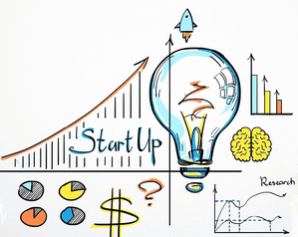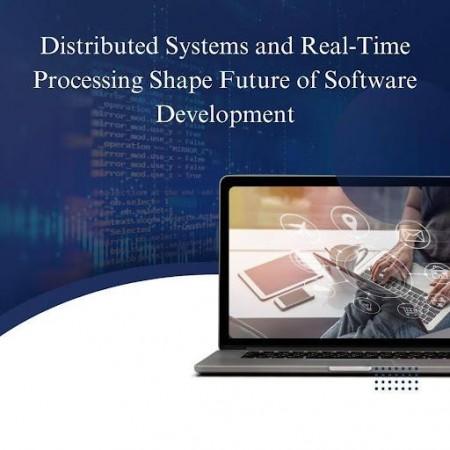
Mahindra is gearing up for an exciting 2025 with a diverse range of vehicles, from electric SUVs to updated versions of their iconic models. Whether you’re a fan of the rugged Thar or eager to explore the futuristic BE 07 electric SUV, Mahindra’s upcoming lineup has something for everyone.
Here’s a preview of what to expect next year:
Mahindra XUV 4XO/XEV 4e
Expected Launch: March 2025
Expected Price: ₹9 Lakh
Mahindra is set to make waves in the compact SUV segment with the XUV 4XO and its electric version, the XEV 4e. The XUV 4XO is expected to feature bold styling, advanced tech, and the solid build quality Mahindra is known for. The XEV 4e, as an electric variant, will combine tech, sustainability, and practicality with features like a high-tech cabin, advanced connectivity, and potentially Level-2 ADAS.
Mahindra XEV 7e
Expected Launch: March 2025
Expected Price: ₹20 Lakh
Following the buzz surrounding the BE 6 and XEV 9e, Mahindra is bringing the XEV 7e to the electric SUV market. With an impressive range, a host of features, and robust safety tech, this SUV will offer both performance and sustainability. The XEV 7e is set to become a family-friendly option for those looking to make the switch to electric without compromising on power or space.
Mahindra Thar 3-Door Facelift
Expected Launch: April 2025
Expected Price: ₹11.5 Lakh
The Thar 3-Door is set to receive a facelift in 2025, following the launch of the Thar Roxx. Expect refreshed styling, including a new front bumper, LED lighting, and possibly new alloy wheels. Inside, the cabin will feature updated tech, including a larger touchscreen, wireless connectivity, and perhaps ADAS. This facelift will maintain the Thar’s legendary off-road capabilities while adding premium features for greater comfort.
Mahindra BE 07 – Production Version
Expected Launch: August 2025
Expected Price: ₹25 Lakh
The Mahindra BE 07, currently a concept, is expected to debut in its production version in 2025. Positioned to compete with the Tata Harrier EV, the BE 07 will feature a high-performance electric motor, fast charging capabilities, and a modern premium interior. Expect cutting-edge connected car technology and a design that reflects Mahindra’s vision for the future.
Mahindra Scorpio-N MY Updates
Expected Launch: TBA
The Mahindra Scorpio-N has earned a loyal following for its rugged appeal. In 2025, it is expected to receive minor updates, likely including an upgraded infotainment system and possibly Level-2 ADAS features, further enhancing its appeal.
Mahindra XUV700 MY Updates
Expected Launch: TBA
Mahindra’s flagship SUV, the XUV700, is also expected to get minor updates in 2025. While its bold design and luxurious feel will remain, expect more tech and updated features. The XUV700 will continue to be one of the most feature-packed SUVs in its segment.
Why 2025 is Crucial for Mahindra
Mahindra’s 2025 lineup reflects a perfect blend of electric innovation, off-road prowess, and premium upgrades. From the forward-thinking BE 07 to the rugged Thar 3-door facelift, Mahindra is catering to a wide spectrum of customers. Whether you’re looking for an electric SUV, a capable off-roader, or a premium vehicle, 2025 is shaping up to be a pivotal year for Mahindra as it introduces more electric models to the Indian market.
Which upcoming Mahindra car are you most excited about? Let us know in the comments!










